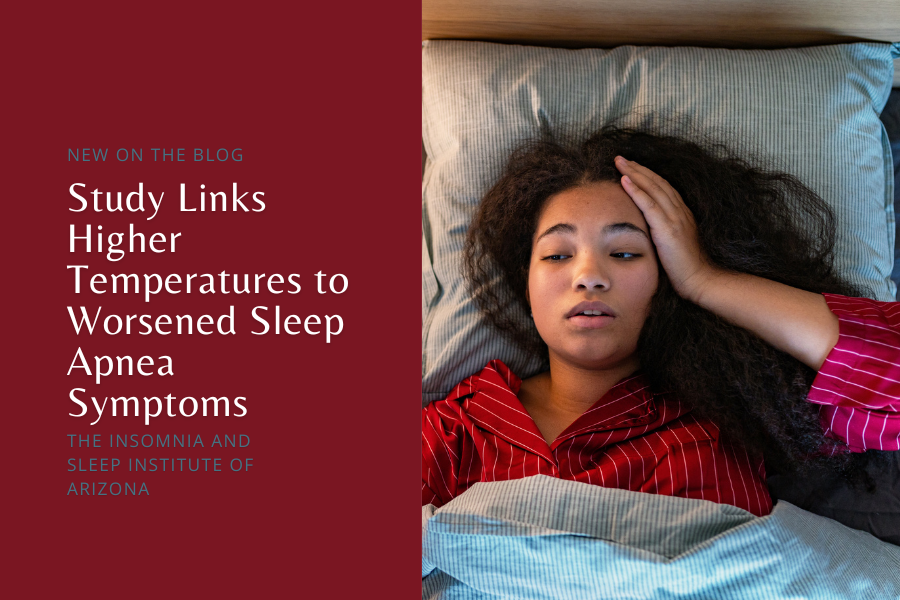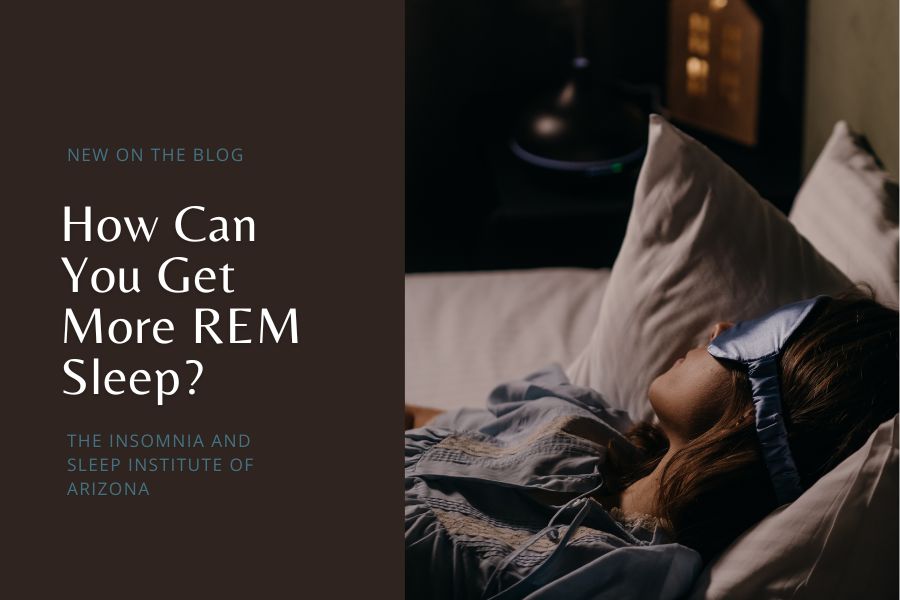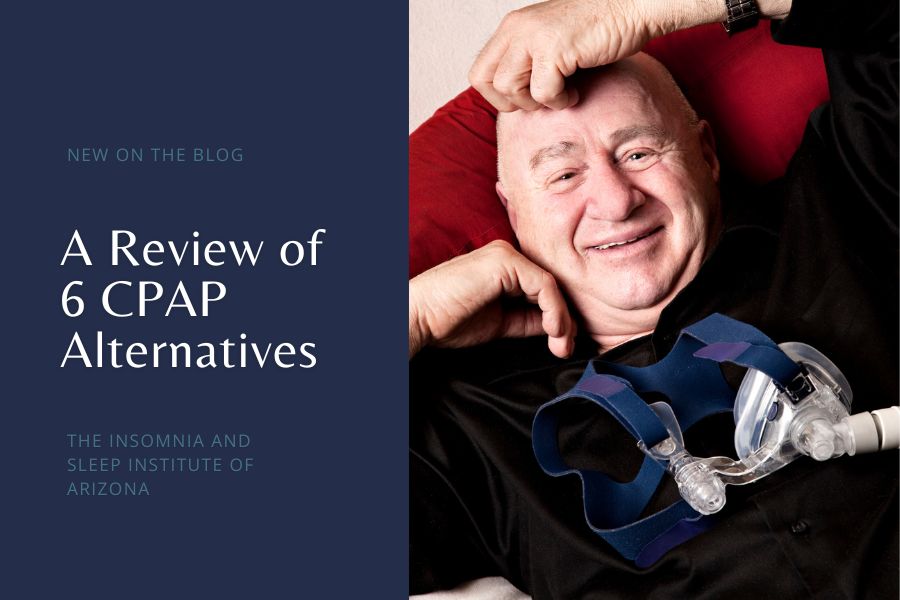Just what is sleepwalking, also known as somnambulism? It’s a bit of a mystery for many, but one of the many sleep disorders treated at The Insomnia and Sleep Institute of Arizona. It is estimated that up to 4 percent of adults sleepwalk, which is a phenomenon in which non-rapid-eye movement (non-REM) sleep parasomnia makes a person “act” in a way that they would while they are awake (“walking” is just one thing the person may do, so the term is a bit of a misnomer). Understandably, somebody who sleepwalks isn’t getting quality sleep—and the act can put them in dangerous situations or make them act violently towards others. If a sleepwalker has a bedmate, this can be a difficult situation for both.
If you’re already predisposed to sleepwalking, having chronic sleep deprivation can exacerbate these episodes in both severity and frequency. This can lead to circumstances that make it difficult for deep sleep to be achieved. A recent paper published in Frontiers in Neurology, authored by researchers in Canada, set out to determine if sleepwalking is a disorder stemming from a subpar slow-wave sleep cycle regulation. They analyzed how the autonomic nervous system informs deep sleep in those with sleepwalking tendencies. It was a collaborative effort between Montreal Sacred Heart Hospital and the University of Montreal.
Sleepwalking Study Results
Given the relative rarity of sleepwalkers, finding participants for the study was the first challenge. In total, the research team worked with 14 adult sleepwalkers as well as 14 “normal” sleepers used as a control group. All were analyzed via video-polysomnography overnight as well during a “recovery sleep period” that included 25 hours after controlled sleep deprivation. The authors stress that it is difficult to create a study on sleepwalking in general. The lead author says,
One challenge in studying large cohorts of sleepwalkers is the relatively low prevalence of the disorder in the adult population … fortunately, the Center for Advanced Research in Sleep Medicine, where this research was conducted, is a one-of-a-kind clinical and research facility in Canada affiliated with one of the country’s largest and highly specialized sleep disorders clinics that assesses over 1,000 patients a year.
The good news for researchers is that adult sleepwalkers are typically happy to partake in studies so they can better understand the causes—and potentially inform future treatments.
How Can a Person be “Awake” and in Deep Sleep Simultaneously?
The autonomic nervous system is in charge of the physiological functions of the body. It is comprised of the sympathetic branch of the brain, also known as the “fight or flight” response, as well as the parasympathetic branch. The latter is the “rest and digest” response. According to the research findings, sleepwalkers present with a higher rest and digest response coupled with a lower fight or flight response while in deep sleep. Researchers note that, “While the causes of sleepwalking remain unclear, we know that while asleep, sleepwalkers can experience an abnormal interplay between processes linked to arousal and to deep sleep, even outside of their episodes.”
This means that those who sleepwalk can look like they are both awake and in deep sleep simultaneously. This is when sleepwalking episodes occur. When they were compared to the control group, the autonomic nervous system of a sleepwalker favors the parasympathetic system. The authors say that these findings are helpful in creating a better understanding of the biological processes involved in sleepwalking.
Surprising Sleepwalking Results
The researchers call their results “surprising” because for years it was thought that sleepwalkers in deep sleep would actually have a higher fight or flight response. This wasn’t the case in this particular study. In fact, the theory that sleepwalkers were more aligned with fight or flight was also thought to predispose them to more sleepwalking episodes in general. Of course, one of the study’s limitations was the use of the heartbeat to measure sympathetic and parasympathetic responses, which can be informed by other factors.
Sleepwalking is a rare sleep disorder, but still prevalent for some in the U.S. If you or your child struggles with sleepwalking episodes, working with a sleep doctor is essential for a correct diagnosis and treatment. Get in touch with The Insomnia and Sleep Institute today by calling the office or completing the online contact form to schedule your consultation today.








